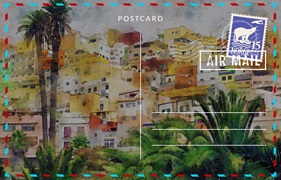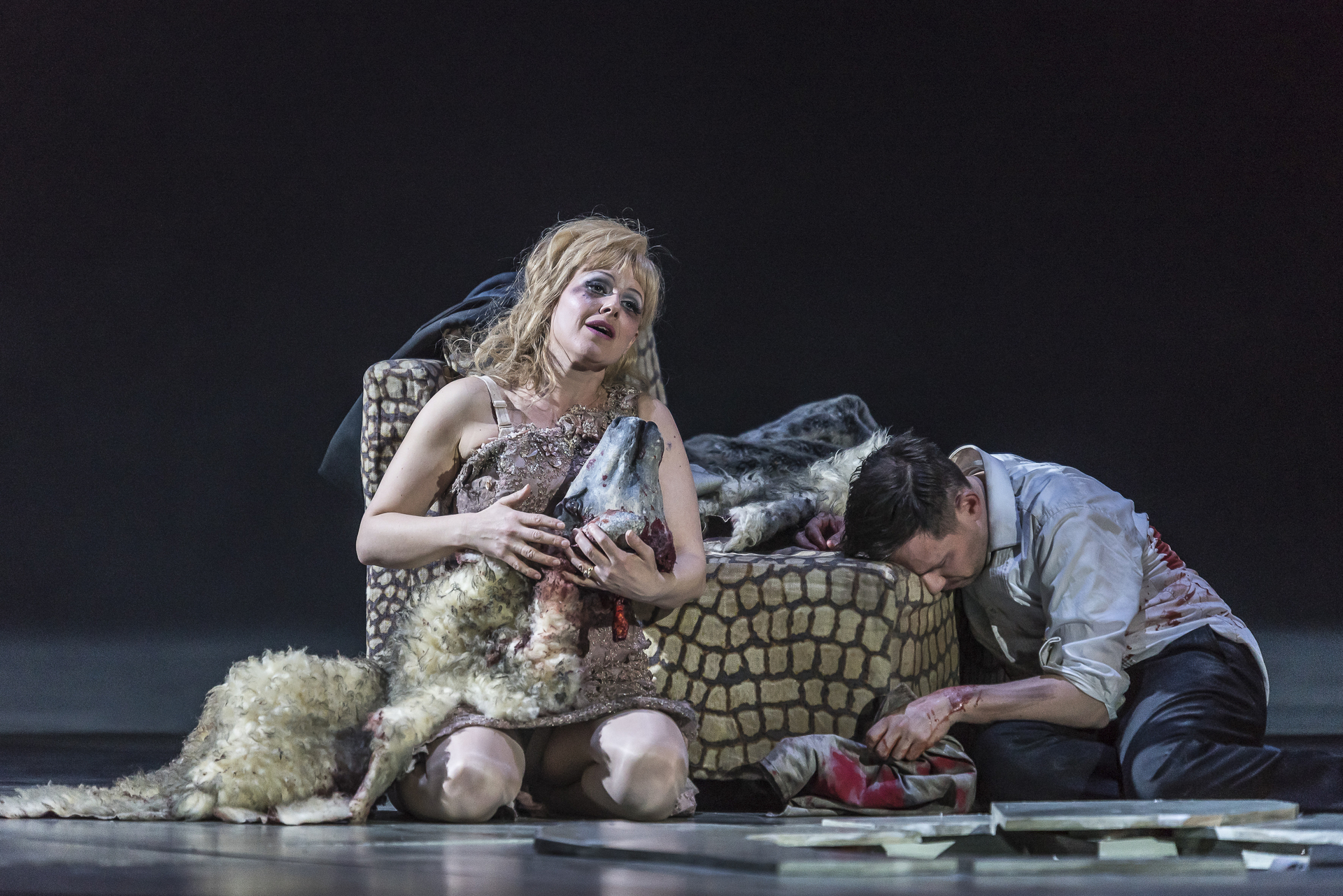
In search of joy
Say it in a postcard | Issue 20 | 2022


Opera: where has it come from?
Opera has only been around for about four hundred years. You could say it was invented, by committee. And it is fundamentally illogical. People don’t sing when they speak: they speak. Yet what we have at the beginnings of opera is recitative, endless acres of speech‑sung. And for this, we can thank a bunch of Florentine poets, musicians and intellectuals in the late 1500s, in particular Jacopo Peri, the composer of the first opera, Dafne. Not that people did thank Peri: the composer was uncredited and the score unpublished. Music in Europe, other than folk, was until the late Middle Ages liturgical; its shift into the secular realm began in the 1500s and drew on the practice of commedia dell'arte. The traditions of theatre, pantomime and liturgy came together when the Florentine camerata (Jacopo and his friends) decided to set a play to music. Three years later, Peri did it again: his second opera, Euridice, was performed in 1600. Things moved quickly after that point—with the arrival of Claudio Monteverdi—but it’s worth pausing to note three facts: that there was not a single aria or other melodic device in those early compositions; that the storylines looked back to Antiquity, its influence traceable throughout the mediaeval period; and that the camerata could never have created an opera without the support of their patron, the Count Giovanni di’Bardi. He is the one we should be thanking. Monteverdi—the greatest composer of his day—pushed opera into being as a flesh-and‑blood art form when he said that what it needed was a little variety. Orfeo was performed in 1607 in Mantua. Opera had arrived. And why? All because the wealthy Duke Gonzaga of Mantua heard Peri’s Euridice, decided he wanted one too, and instructed Claudio to learn the form and write him one. No patron, no exquisite art. Let’s not delude ourselves: opera was from the start an exclusive and private treat for a wealthy, well‑connected group of individuals. This changed only when, in 1637, the first opera house opened to the public—the Teatro San Cassiano in the Free City‑State of Venice—and even then the prices were horrendous. What would it take for opera to throw open its doors to the hoi polloi?
And where is it going?
If people take against opera, it won’t flourish. It has to have its patrons, but it also has to be accessible to all, not just the cognoscenti: otherwise it has no future. Opera always illuminates something else: a myth, a Shakespeare play, a Greek drama, a moment in history. I would never say that opera is vital for life—clearly it isn’t!—yet it is a wonderful source of entertainment and it can be intensely moving. But not always. In the 1960s and ‘70s opera was in a state of confusion. New operas became—like the ‘plink plonk’ of much post‑war music—impossible to understand. Audiences ran for shelter to the familiar, the Verdi, the Puccini. For many, the new was regarded with horror, or apprehension. The form was pushed to its limits by, among others, Stockhausen’s Donnerstag (aus Licht), first seen at La Scala in 1981, and Birtwistle’s 1986 The Mask of Orpheus, which included a fusion of electronic synthesis in Act II that stunned audiences into a depressed silence. (His Minotaur is far more accessible.) The minimalist composers of the 1980s, people like Philip Glass and John Adams, were instrumental in enabling modern opera to absorb fresh ideas that would open it up to a wider audience. Over the last two decades there has probably been a levelling out; opera is, once again, melodic. That’s not the only change that has occurred but that is where opera’s future lies. Over these four hundred years our sound world has expanded. Wagner changed the way key structures work. Puccini had more notes to play with than Mozart. Stockhausen exploded the form. And now, as the age of minimalism passes, lyricism lives on, in a new, sometimes challenging, form. We have a living example of that in Thomas Adès, who has developed a style of modernism that is bringing people to the opera houses in droves. Music is always changing, as is our receptivity to it. Where is opera going? Into the future.
Laurence Slater is a Friend of RE and a student of opera. The image is a scene from the Thomas Ades opera The Exterminating Angel at its Royal Opera House 2017 production and the photographer is Clive Barda. Copyright is assigned to ROH/Clive Barda.
© Norton Rose Fulbright LLP 2025